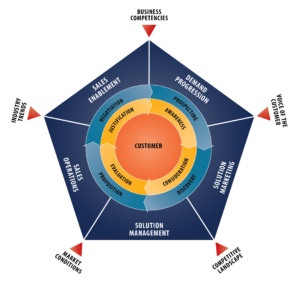When we think the word “boss” or “leader,” we conjure an image of a tough individual who is focused on results and expects us to achieve them. Yet in our modern world, executives across departments, across countries, are foregoing this idea of leader to maintain a more positive image and perception with their employees.
No one wants to be thought of as the bad guy or gal.
And while connecting with employees and team members, showing them respect and providing them positive reinforcement and confidence is a real part of the effective leadership equation, primarily at the onset of a project, none of it means anything without follow-through. And by “follow-through” I mean accountability.
A Workforce Without Accountability Does Not Work
According to a Harvard Business Review report, one out of every two managers fails at accountability. It is one of the single greatest neglected behaviors of executives around the world and across executive levels. In fact, in the same report, the researchers shared that 46% of leaders rated “too little” for a category of “Holds people accountable and are firm when they don’t deliver.”
“And I expect to see this happen by August…” is met with crickets by August and shrugged shoulders by all involved.
While employees may feel less afraid of their bosses with lax follow-through, they also will fall into a place of mediocrity and complacency. They will not fight against failures or obstacles with ingenuous solutions. They will not be afraid of letting the company down and watching revenue performance tank. The risks for them are not apparent. What is the worst that can happen, they think.
The answer to that question is that overall performance will take a hit and revenue performance will dip — and negative revenue performance affects everyone in an organization.
The Positive Effects of Accountability
Accountability may label a leader as tough or harsh. An accountable leader may not be invited to weekend barbeques or asked to lunch. President Truman once said, “If you want a friend … get a dog.” Leaders are not called to be friends; an accountable executive is one who leads a team to success even if things are hard or if obstacles jump in the way of a goal.
In the coming posts this month, we will discuss how to achieve accountability (hint, you must hold yourself accountable too) and share examples of what can be if you practice a culture of accountability.
In the meantime, if you are interested in implementing an accountability strategy at your organization, contact us.









